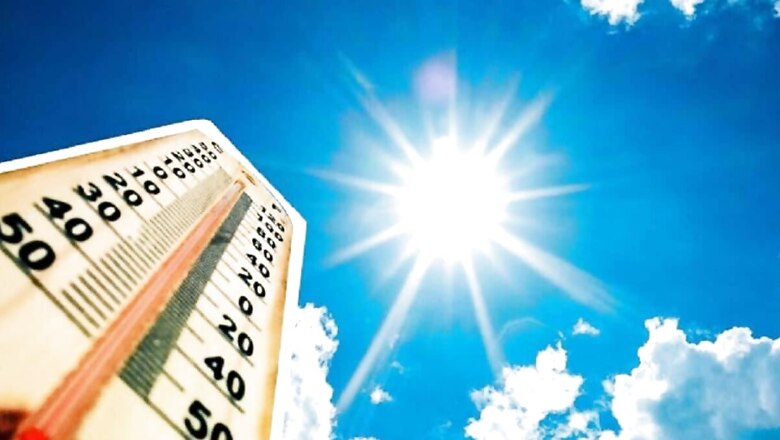
views
Global warming is regarded as one of the most crucial anthropogenic challenges to the ecosystem. It intensifies the detrimental effects of other human-mediated issues while also having a direct impact on biodiversity. While there have been some severe heatwaves in a few countries, most of the world’s population will never encounter temperatures that are “too hot for people to live,” particularly those living in arid climates.
Colorado State University Professor of Atmospheric Science Scott Denning throws light on the subject as a part of The Conversation’s Curious Kids series.
A 12-year-old Idaho-based child posed a question in the series asking that his “parents said the planet is getting too hot for people to live here. They called it climate change. What does that mean?”
Denning writes that carbon dioxide is produced when humans burn carbon, such as coal in a power plant or petrol in a vehicle. The accumulation of this invisible gas in the atmosphere traps solar heat close to the Earth’s surface.
What we get as an outcome is climate change.
The temperature rises with every ounce of coal, oil or gas that is ever burned.
Denning notes that most of the time, when it’s hot outside in arid climates, our bodies can cool down by sweating.
But occasionally, dangerously high temperatures and humidity can be found in some regions, particularly in scorching deserts that are close to warm ocean waters.
According to him, sweating doesn’t cool us in humid air since sweating doesn’t evaporate as rapidly there.
Denning notes that summer heat waves, combined with humid air coming in off the sea, may be fatal in certain locations of the Middle East, Pakistan and India.
He continued, stating that to better understand this danger, scientists such as himself utilise wet bulb thermometers.
By forcing ambient air over a moist cloth, a wet bulb thermometer facilitates the evaporation of water.
Should the wet bulb’s temperature exceed 35 degrees Celsius, the human body will be unable to release adequate heat.
Long-term exposure to this level of heat and humidity can be lethal.
The professor continued by giving examples from the lower Mississippi Valley and Delhi.
Wet bulb temperatures were quite high across the lower Mississippi Valley during a major heat wave in 2023, he added, albeit they didn’t become hazardously high.
In Delhi, where air temperatures reached 49 degrees Celsius on several occasions in May 2024, wet bulb temperatures were dangerously near, and numerous individuals passed away from presumed heatstroke.
There are many more issues caused by climate change than merely hot weather.
According to Denning, heated air evaporates water much more readily, causing certain regions’ crops, woods and landscapes to dry up and become more prone to wildfires.
Additionally, warming causes ocean water to expand, which increases the risk of coastal flooding. Denning points out that by 2100, rising sea levels might force up to 2 billion people to migrate elsewhere.
He goes on to say that the world economy is threatened by climate change because of all these effects. According to Denning’s prediction, if coal, oil, and gas continue to be used, world incomes might be reduced by around 25% by the end of the century.



















Comments
0 comment